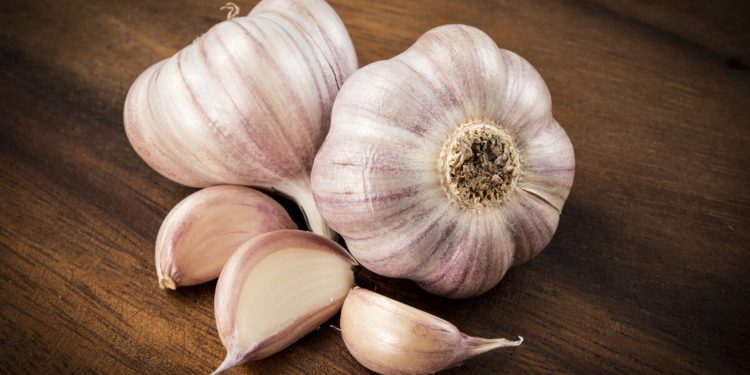Garlic, a member of the Allium family, has been cultivated for centuries for its culinary and medicinal properties. In this article, we will explore the latest research on the health benefits of garlic and its various uses in agriculture, including pest control and soil improvement.
Garlic is an important crop that has been used for centuries in culinary and medicinal applications. But did you know that garlic has impressive health benefits and is also useful in agriculture? According to recent studies, garlic contains compounds that may help lower blood pressure, improve cholesterol levels, and even reduce the risk of certain types of cancer. In addition to its health benefits, garlic has also been used as a natural pesticide and soil enhancer in agriculture.
Garlic is known to contain allicin, a sulfur compound that has been shown to have antibacterial and antifungal properties. As a result, garlic can be used to control a range of pests and diseases in crops. For example, garlic extract has been shown to effectively control root knot nematodes in tomato plants. Additionally, garlic can help improve soil health by promoting the growth of beneficial microorganisms and reducing the growth of harmful ones.
Aside from its use in agriculture, garlic is a versatile crop that can be used in a variety of culinary applications. It is commonly used in Mediterranean, Middle Eastern, and Asian cuisine, and can be added to a range of dishes, from pasta and stir-fry to soups and stews. Garlic can also be roasted, sautéed, or used to make sauces and spreads.
In conclusion, garlic is a crop with numerous benefits and applications. From its health benefits to its use as a natural pesticide and soil enhancer, garlic is an important crop for farmers and agricultural professionals. Additionally, its versatility in culinary applications makes it a valuable addition to any kitchen.
#Garlic #Agriculture #HealthBenefits #PestControl #SoilImprovement #CulinaryApplications











